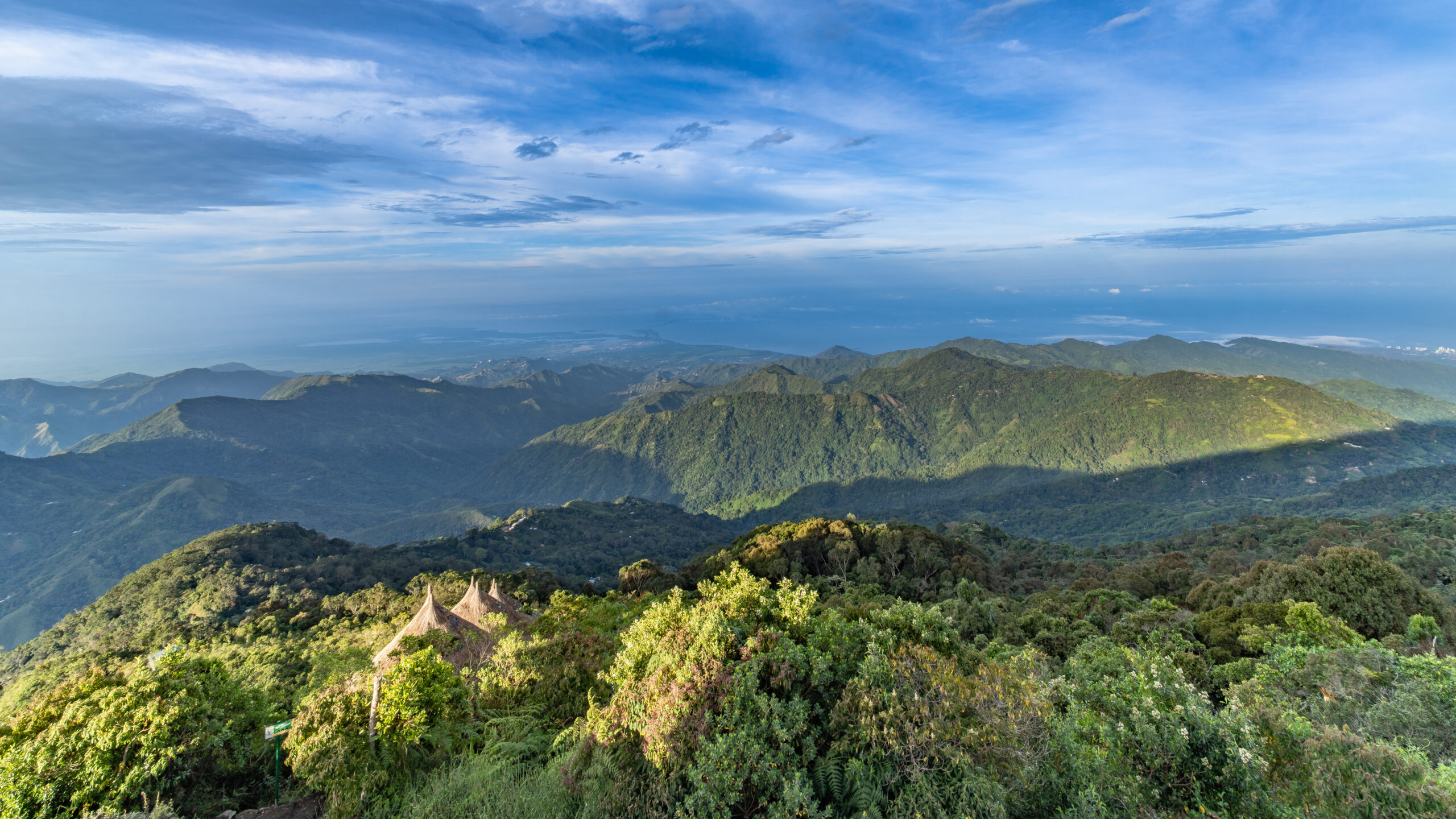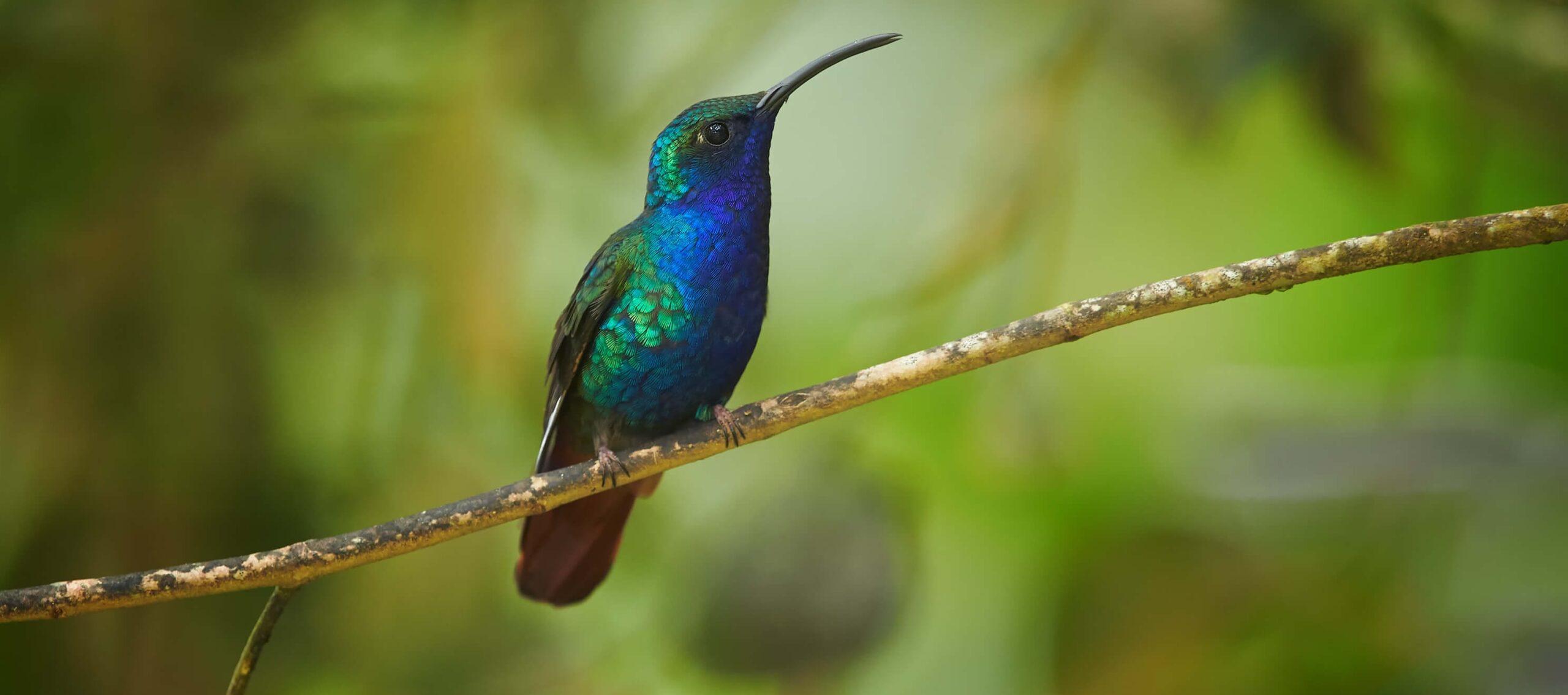What to Expect from COP16: Key Goals and Priorities for Biodiversity and Community Development
As the 16th meeting of the Conference of Parties (COP16) to the Convention on Biological Diversity (CBD) gets underway, we had the opportunity to speak with Zdenka Piskulich, Managing Director of Enduring Earth. She shares her expert insights on what to expect from the conference and highlights the priorities that should guide global efforts moving forward.

Question: What are your key priorities and expectations for the COP16 Biodiversity Conference in accelerating progress toward global biodiversity goals?
Zdenka: As we approach 2030, we have just over five years to meet the agreed targets of the Global Biodiversity Framework, so our focus needs to be on accelerating progress. One of the obstacles is the significant financial gap. It was reported earlier this week that the total value of international finance under Target 19 – which focuses on resource mobilization – grew to US$15.4 billion in 2022, and while this sounds significant, we have a $4.6 billion gap to reach $20 billion in 2025 and a $14.6 billion gap to reach $30 billion by 2030. We need to focus on the tools that can diversify funding, and relying solely on philanthropy or traditional funding sources will not be enough. To bridge this gap, it’s imperative that we step outside of our usual strategies and explore innovative solutions. This means engaging the private sector more effectively while ensuring that countries also contribute their share.
Question: How can sustainable finance be leveraged to effectively meet the 2030 targets of the Kunming-Montreal Global Biodiversity Framework?
Zdenka: Sustainable finance plays a critical role in engaging countries and ensuring a fair distribution of resources, especially to developing countries that are home to much of the world’s biodiversity. These countries need better access to innovative financial tools that involve multi-sector participation. One of the biggest obstacles is aligning the different expectations of local partners, governments, the private sector, multilateral organizations, and philanthropies, to create a coordinated and comprehensive approach.
One solution is the Project Finance for Permanence (PFP) model. This approach secures long-term sustainable financing for conservation and community prosperity, by building a shared vision and framework with all stewards engaged, setting clear conservation, community, and financial targets, thereby securing the necessary resources to support. This structure allows for a shared, long-term strategy that ensures sustainable efforts remain aligned across all partners, creating lasting impact.

Question: How does the PFP model support achieving the 30×30 target, and how is inclusive decision-making embedded in the process?
Zdenka: One of the strengths of the PFP model is its ability to bring together governments, multilaterals, Indigenous peoples, local communities, funders, and the private sector to work collaboratively. Achieving the 30×30 target requires engaging all stewards and ensuring meaningful connections. The PFP model helps bridge the gap between global and local commitments, creating a framework where everyone contributes to long-term conservation and community prosperity.
The model also emphasizes knowledge-sharing, enabling insights from one project to inform others across the globe. Its frameworks allow us to measure both performance and participation, ensuring progress extends beyond conservation outcomes to include social and financial impact.
For example, the Herencia Colombia PFP leverages innovative financing mechanisms like carbon credits. The lessons learned from this project are informing other projects such as the Eternal Mongolia PFP, demonstrating how the PFP model fosters innovation and ensures lasting, scalable solutions.
Question: Since the CBD representatives last met at COP15 in 2022 in Montreal, what measurable progress has Enduring Earth achieved, and how does this align with global biodiversity goals?
Zdenka: In 2022, Enduring Earth set an ambitious goal: to work in partnership to protect and durably finance more than half a billion hectares of ocean, land, and freshwater by 2030—and we are making significant progress. Before Enduring Earth’s launch, our founding partners worked with five countries to conserve 87 million hectares through the PFP model. In less than three years, we have doubled that impact by facilitating the creation of three new PFP agreements—in Colombia, Mongolia, and Canada—securing durable funding for 89 million hectares to support long-term conservation and community development.
And there’s still much more to do. We are currently working with over 100 partners, including governments, Indigenous peoples, local communities, and funders, across 12 PFP projects in 14 countries. Together, we are advancing efforts to durably conserve 390 million hectares—an area larger than India.
While these are big numbers, this isn’t just about creating new protected areas. Our scope of projects includes enhancing existing conservation efforts and areas, to ensure that these spaces remain protected over time—where both nature and people thrive for generations to come.
Question: And finally, how can we sustain momentum beyond COP16 to ensure the 2030 biodiversity targets are achieved?
Zdenka: Events like COP16 demonstrate what’s possible when organizations come together, set aside differences, and collaborate meaningfully. When we break out of our bubbles—whether at a national or geographic level—we create space for Indigenous peoples, communities, governments, funders, NGOs, and others to align their policies towards a shared goal. It’s in these moments that real conservation becomes possible.
Our role is to demonstrate the impact of these partnerships, inspiring broader participation and engagement. Sustaining this momentum beyond COP16 means ensuring these initiatives don’t lose steam, keeping the collaboration alive, and showing the world that long-term conservation is not just an idea—it’s happening.
Stay connected with news and update from COP16 as we share posts from Cali via our Instagram and LinkedIn
